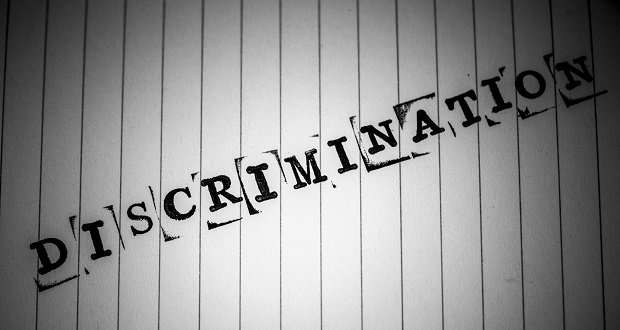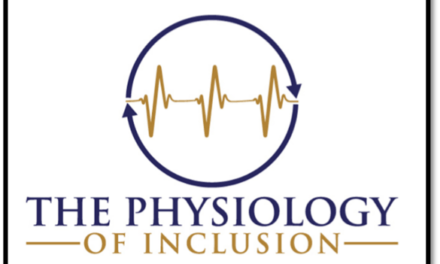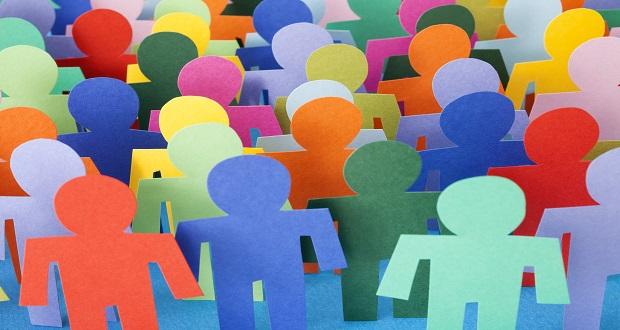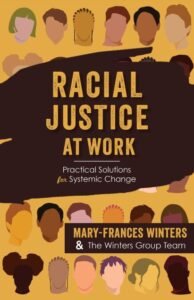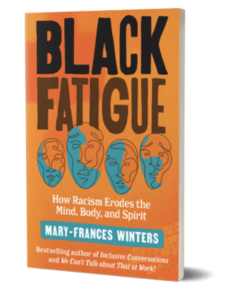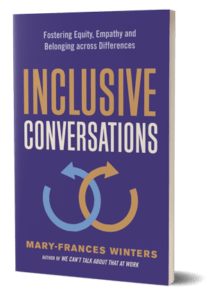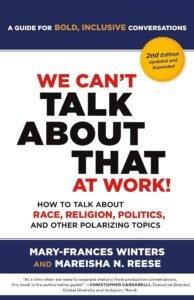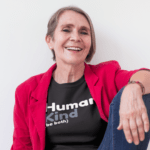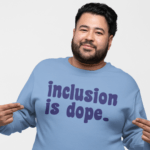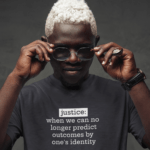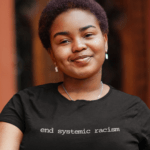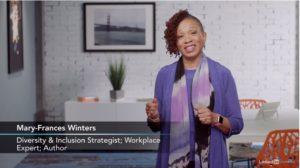
“It’s never enough, is it? No matter what I do, it’s never enough. I don’t have enough capacity – financial, emotional, mental – to make positive impacts on everything that warrants it. I try to focus on the positive changes I’ve had a hand in, but always…always…there’s something else just around the corner. EVERY corner.”
“Once you begin working in the space, you quickly realize that D&I is personal for EVERYONE. And often times for very different reasons. On a daily basis, you are working with and listening to people who are so personally tied to one, or several, dimensions of diversity. Often times, people are in pain, and it is deep-rooted and palpable. I’ve learned it is our job to be present, listen, and show empathy for every individual we come across.”
“Now, I recognize that this work is a lot more intense and draining than I was expecting. Some challenges include feeling like a failure when I am not able to impact systemic change and instead am asked to work within a box; or the pressure I feel to always exemplify cultural competence and inclusive leadership (in the spotlight). I also find it challenging not to take it personally when employees vent and complain about areas my team is trying to solve for but not given the resources or approval to actually impact or implement change.”
“Mentally, I am tougher and more knowledgeable and quite comfortable “speaking truth to power.” I’m also focused and determined. Emotionally, I am fragile…. I have to channel the emotions, the sadness, the rage at what shouldn’t be and what I must work to change.”
“It has been sometimes tiresome to have to “speak for my people” but at my age and at the same time I feel it my definite duty to do this work.”
The [diversity] struggle is real.
At the end of 2019, our team released an open-ended survey that solicited the perspectives and experiences of diversity, equity, and inclusion (DEI) practitioners, more specifically, the physical, mental, and emotional toll of engaging in this work. The above statements are perspectives from just a few respondents. Many of the experiences shared affirmed the ways in which diversity, advocacy, and social justice work can lead to burnout, health complications, and even death. In 2019, guest writer Shamayne Braman reaffirmed how equity and inclusion work is further complicated by our intersectional identities in her reflection on what it means to lead for equity “when the underserved is You.” She reflected on the emotional tax and trauma of being immersed in work that impacted her own identities and communities of which she belonged.
We recognize this work is personal. Inasmuch as DEI work has evolved into a profession and “booming” industry, it is important to note that this work is rooted in the quest for civil rights and justice. A quest that is deeply personal—grounded in Black and Brown people’s desire and inherent right to be seen and honored as the full human beings that we are. And while, in some ways, this work has evolved in ways that center profits (or ‘business case’) over humanity and justice, for many of those engaged in and leading this work, it is still deeply personal.
Inasmuch as DEI work has evolved into a profession and “booming” industry, it is important to note that this work is rooted in the quest for civil rights and justice. A quest that is deeply personal. Share on XResearch, studies, and current events alike have confirmed the mental, physical, and emotional impact of DEI work. One study found that facilitating diversity education on predominantly white campuses led to educators experiencing racial and compassion fatigue. Compassion fatigue, while widely used in medical/caregiving professions, refers to feelings of incompetency, loss of focus, exhaustion, and isolation as a result of being preoccupied with ‘helping’ others [or organizations]. Likewise, secondary traumatic stress has been used to describe a condition that “victim advocates” might experience from witnessing or listening to accounts of traumatic events from those they serve. While the study that explored this condition specifically centered the experiences of those in counseling or other healthcare related roles, I would suspect there are some parallels to the roles of DEI advocates and practitioners—who in their own way are striving to dismantle systems of inequity within their organizational system, and thereby constantly exposed to (or traumatized by) the ways –isms continue to thrive in their own and others’ professional (and personal) lives.
Furthermore, it is worth stating that even in equity work, access to solutions and power to enact solutions is influenced by our intersectional identities, our privilege, the compounding effects of oppression, our access to care, or proximity to toxic spaces/work environments. For example, I recognize that I experience privilege by having access to healthcare, healthy food options close to home, and outlets to release some the impact of this work. As a consultant, working for a Black-owned firm, I no longer have to ‘deal with’ the daily trauma associated with working in a predominantly white space. All of this is relevant to how we show up in this conversation.
Even in equity work, access to solutions and power to enact solutions is influenced by our intersectional identities, our privilege, the compounding effects of oppression, our access to care, or proximity to toxic spaces/work… Share on XOver the next few weeks, we’ll be using The Inclusion Solution as a medium to share these experiences and begin discussing solutions. This series seeks to amplify the experiences and perspectives of DEI practitioners and advocates and provide our thoughts on actions we can all take to address the toll of this work at various levels of systems—intrapersonal, interpersonal, organizational, and societal. Given the fact that many of us are not health practitioners, we don’t expect to take a voice of authority on this topic, rather use it as an opportunity to share how we’ve come to resolve or manage that area/topic ourselves. We’ll be exploring the complexities of managing emotional labor and fatigue, setting healthy boundaries, taking a critical look into the work on and word ‘resilience,’ getting real on the politics of ‘managing up’ and understanding the Physiology of Inclusion.
As you join us on this journey, we encourage you to reflect on and ask of yourself: How has this area shown up for you? What have you learned about or should others consider about the topic? What can you do to enact behaviors in your life and work?
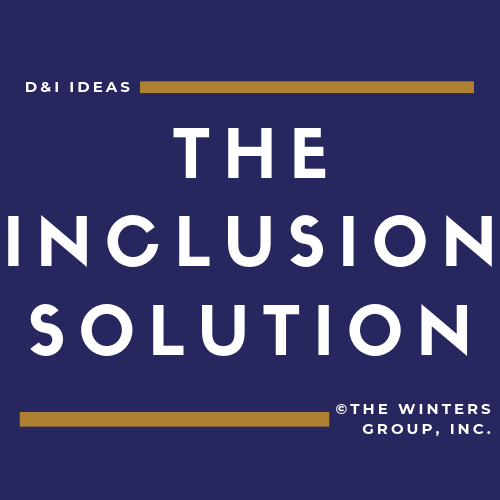
![Managing the Toll of DEI Work: The [Diversity] Struggle is Real](https://theinclusionsolution.me/wp-content/uploads/2020/01/toll-of-DEI-work-intro-1280x640.jpg)
